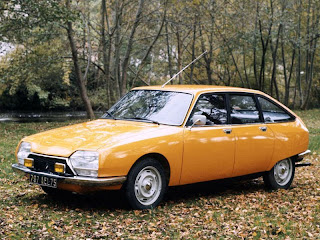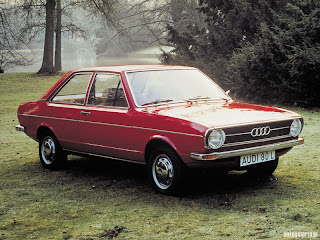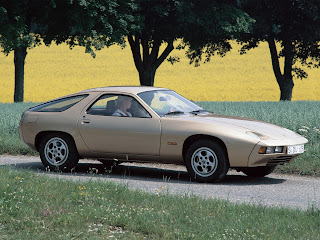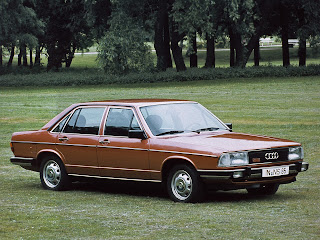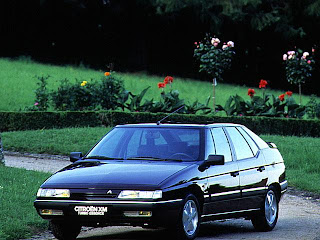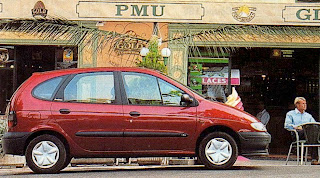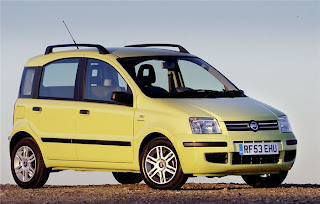Az év autója Európában – 1964-2013
Az év autója - Car Of The Year - 1964 - Rover 2000
Az év autója - Car Of The Year - 1965 - Austin 1800
Az év autója - Car Of The Year - 1966 - Renault 16
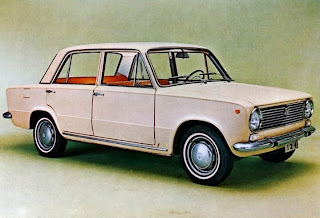
Az év autója - Car Of The Year - 1967 - Fiat 124
Az év autója - Car Of The Year - 1968 - NSU Ro 80
Az év autója - Car Of The Year - 1969 - Peugeot 504
Az év autója - Car Of The Year - 1970 - Fiat 128
Az év autója - Car Of The Year - 1971 - Citroën GS
Az év autója - Car Of The Year - 1972 - Fiat 127
Az év autója - Car Of The Year - 1973-Audi 80
Az év autója - Car Of The Year - 1974-Mercedes 450S
Az év autója - Car Of The Year - 1975-Citroën CX
Az év autója - Car Of The Year - 1976 - Simca 1307-1308/Chrysler Alpine
Az év autója - Car Of The Year - 1977 - Rover 3500
Az év autója - Car Of The Year - 1978 - Porsche 928
Az év autója - Car Of The Year - 1979 - Simca/Chrysler Horizon
Az év autója - Car Of The Year - 1980 - Lancia Delta
Az év autója - Car Of The Year - 1981 - Ford Escort
Az év autója - Car Of The Year - 1982 - Renault 9
Az év autója - Car Of The Year - 1983 - Audi 100
Az év autója - Car Of The Year - 1984 - Fiat Uno
Az év autója - Car Of The Year - 1985 - Opel Kadett/Vauxhall Astra
Az év autója - Car Of The Year - 1986 - Ford Scorpio/Granada
Az év autója - Car Of The Year - 1987 - Opel Omega/Vauxhall Carlton
Az év autója - Car Of The Year - 1988 - Peugeot 405
Az év autója - Car Of The Year - 1989 - Fiat Tipo
Az év autója - Car Of The Year - 1990 - Citroën XM
Az év autója - Car Of The Year - 1991 - Renault Clio
Az év autója - Car Of The Year - 1992 - Volkswagen Golf
Az év autója - Car Of The Year - 1993 - Nissan Micra
Az év autója - Car Of The Year - 1994 - Ford Mondeo
Az év autója - Car Of The Year - 1995 - Fiat Punto
Az év autója - Car Of The Year - 1996 - Fiat Bravo/Brava
Az év autója - Car Of The Year - 1997 - Renault Mégane Scénic
Az év autója - Car Of The Year - 1998 - Alfa Romeo 156
Az év autója - Car Of The Year - 1999 - Ford Focus
Az év autója - Car Of The Year - 2000 - Toyota Yaris
Az év autója - Car Of The Year - 2001 - Alfa Romeo 147
Az év autója - Car Of The Year - 2002 - Peugeot 307
Az év autója - Car Of The Year - 2003 - Renault Mégane
Az év autója - Car Of The Year - 2004 - Fiat Panda
Az év autója - Car Of The Year - 2005 - Toyota Prius
Az év autója - Car Of The Year - 2006 - Renault Clio
Az év autója - Car Of The Year - 2007 - Ford S-Max
Az év autója - Car Of The Year - 2008 - Fiat 500
Az év autója - Car Of The Year - 2009 - Opel/Vauxhall Insignia
Az év autója - Car Of The Year - 2010 - Volkswagen Polo

Az év autója - Car Of The Year - 2011 - Nissan Leaf
Az év autója - Car Of The Year - 2012 - Chevrolet Volt/Opel Ampera
Az év autója - Car Of The Year - 2013 - Volkswagen Golf 8th generation
Forrás:



